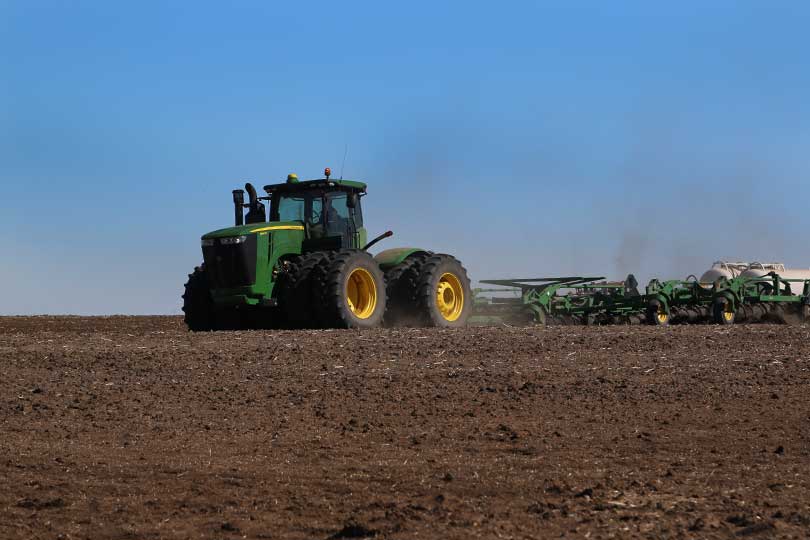By Jessica Domel
Multimedia Editor
Texas farmers and ranchers are paying slightly less, in most instances, to rent pasture and crop land this year.
A new survey from the U.S. Department of Agriculture’s National Agricultural Statistics Service (USDA NASS) reveals the average lease rate for 2017 for irrigated cropland is down $3 an acre per year over last year.
The statewide average for irrigated cropland is now $87 per acre, per year.
Over the past decade, lease rates for irrigated cropland have risen an average of $22. The average rate in 2007 was $65 per acre, per year. In 1997, that rate was even lower at $50 per acre.
Dryland lease rates are up slightly over last year. NASS reports farmers are paying an average of $28 per acre, per year in Texas in 2017. That’s an increase of $1 from 2016 rates.
Over the past 10 years, the price to lease dryland fields in Texas has risen only $5 an acre.
In 1997, farmers paid an average of $17.50—a difference of $10.50 over 20 years.
The cost of leasing a pasture hasn’t risen much over the past two decades. In 1997, ranchers could lease pastureland for about $5.60 per acre, per year.
In 2007, that price went up to $6.20.
Ranchers now pay, on average, $6.60 in Texas. That’s a $1.10 increase over 20 years and a 20-cent increase over last year.
Nationally, rates for non-irrigated crop land and pasture decreased, while irrigated land went up.
According to NASS, farmers pay about $112 per acre, per year for irrigated crop land. That’s up $6 over last year’s national average.
In 2011, the last year averages for national rent rates were available online, farmers paid about $171 per acre, per year for irrigated land—$41 cheaper than what renters pay today.
The national average to lease dryland for crops is down $2 from last year to $124 per acre, per year. The cost to rent non-irrigated crop land has increased $22 since 2011.
The cost to rent pasture for livestock decreased 50 cents nationally this year to $12.50. That’s $1 higher than the national average for 2011.
National statistics can be found here, and statewide numbers are available here.
The NASS survey represents data submitted to the service via survey of farmers and ranchers across the nation. Rent prices vary by location.
Tiffany Dowell Lashmet, author of the Texas Agriculture Law Blog, suggests visiting with other landowners, farmers, ranchers and a county AgriLife Extension agent to garner lease information on a specific area.
The ag law specialist writes it is critical to get agricultural leases in writing to protect the rights of the landowner and lessee.
A copy of the Ranchers’ Agricultural Leasing Handbook offers helpful advice and tips in drafting leases.

